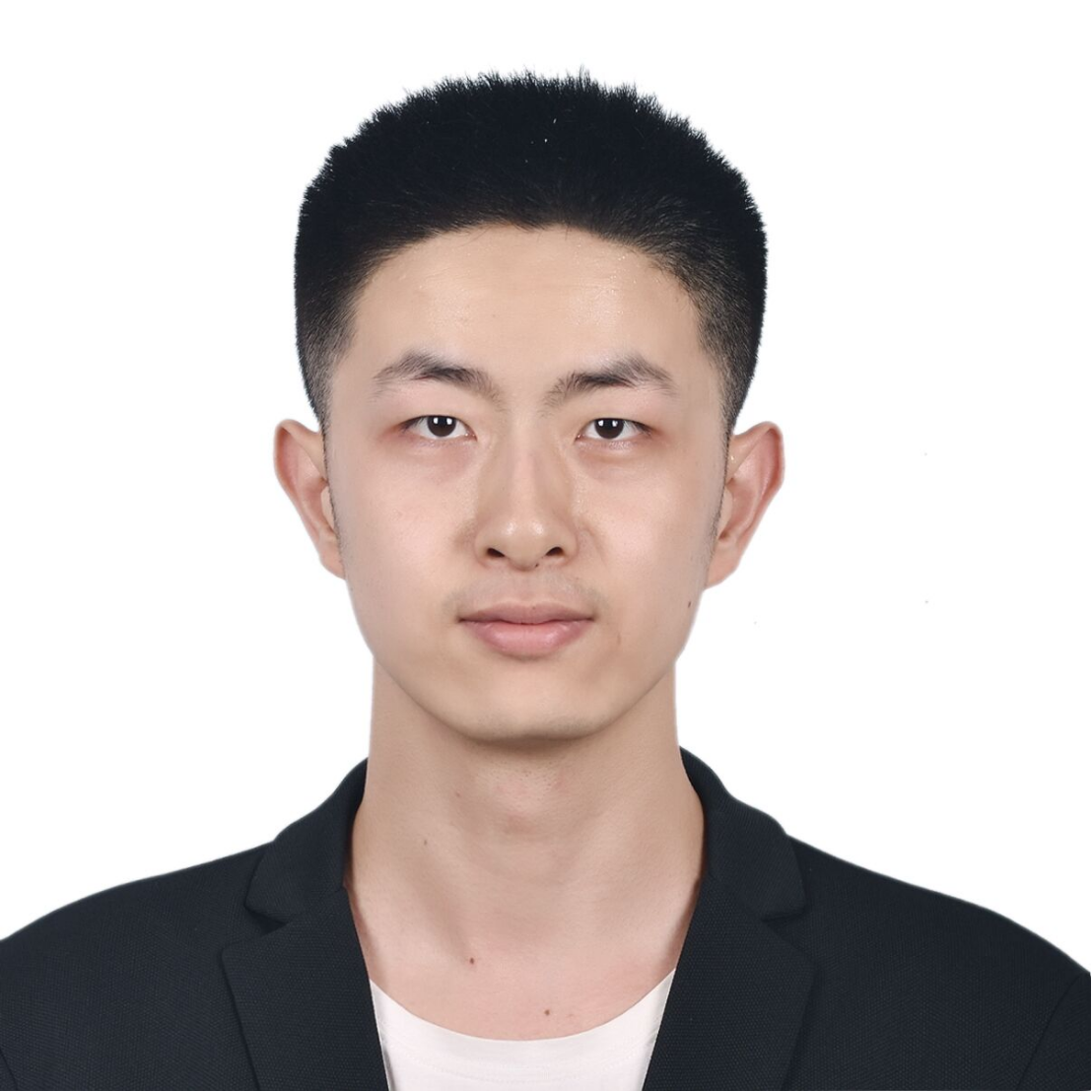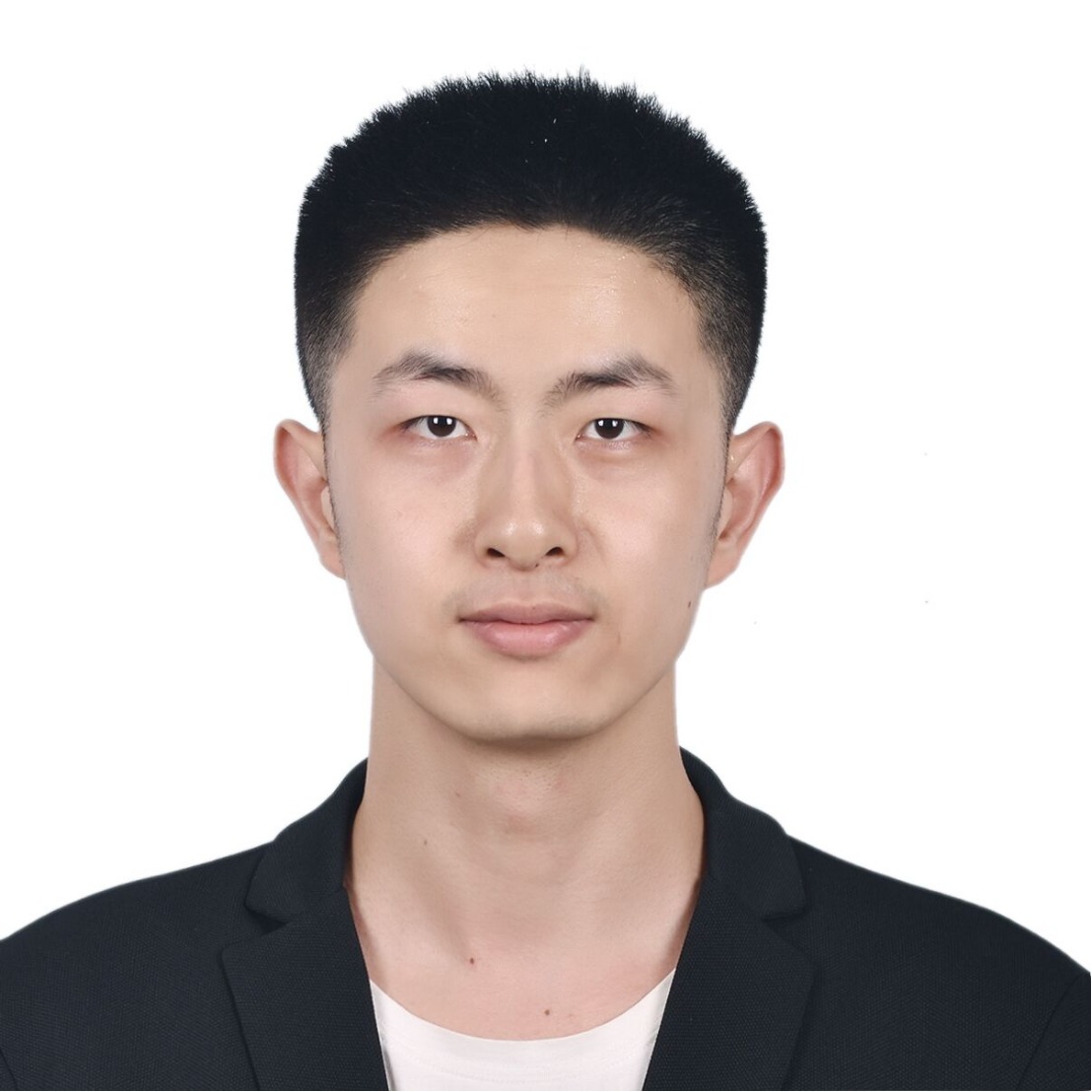姓名:李程明
职称:副教授(硕士生导师)
电子邮箱:licm@zzu.edu.cn
一、个人经历
2022.02–至今,郑州大学物理学院,副教授
2019.06–2022.01,郑州大学物理学院,讲师
2014.09–2019.06,南京大学,理论物理,博士学位
(导师:宗红石教授)
2019.03–2019.05,肯特州立大学,访问学者
2010.09–2014.06,河南师范大学,物理学,学士学位
二、研究方向
1. QCD相变与物态方程研究:
采用非微扰QCD模型如NJL模型等研究有限温有限密下的QCD相变与物态方程;
2. 中子星结构研究:
计算中子星尤其是混杂星与夸克星这一类致密天体的物态方程与质量-半径关系,
结合中子星的质量、半径天文观测和双星并合引力波观测等结果对中子星物态方程进行约束。
三、相关参考文献
1. S. P. Klevansky. The Nambu-Jona-Lasinio model of quantum chromodynamics [J]. Rev. Mod. Phys., 1992, 64(3): 649–708.
2. M. Buballa. NJL-model analysis of dense quark matter [J]. Phys. Rep., 2005, 407(4–6): 205 –376.
3. M. Oertel, M. Hempel, T. Klahn, and et al. Equations of state for supernovae and compact stars [J]. Rev. Mod. Phys., 2017, 89(1): 015007.
4. BP Abbott, R Abbott, TD Abbott, and et al. GW170817: observation of gravitational waves from a binary neutron star inspiral [J]. Phys. Rev. Lett., 2017, 119(16): 161101.
5. BP Abbott, R Abbott, TD Abbott, and et al. Properties of the binary neutron star merger GW170817 [J]. Phys. Rev. X, 2019, 9(1): 011001.
6. K. Daniel, M. Brian, B. Jennifer, and et al. Origin of the heavy elements in binary neutron-star mergers from a gravitational-wave event [J]. Nature, 2017, 551(7678): 80–84.
7.《夸克胶子等离子体:从大爆炸到小爆炸》,[日]八木浩辅,初田哲男,三明康郎著;王群等译,中国科学技术大学出版社。
四、科研项目
1. 第67批中国博士后基金面上项目二等资助(主持)
2. 第2批中国博士后基金站前特别资助(主持)
3. 国家自然科学基金青年项目资助(主持)
五、发表论文
1.Cheng-Ming Li*, Shu-Yu Zuo*, Yan Yan*, Ya-Peng Zhao*, Fei Wang*, Yong-Feng Huang*, and Hong-Shi Zong*, “Strange quark stars within proper time regularized (2+1)-flavor NJL model”, Phys. Rev. D, 101, 063023 (2020)
2.Cheng-Ming Li*, Pei-Lin Yin*, and Hong-Shi Zong*, “New algorithm to study the pseudo-Wigner solution of the quark gap equation in the framework of the (2 + 1)-flavor NJL model”, Phys. Rev. D, 99, 076006 (2019)
3.Cheng-Ming Li*, Yan Yan*, Jin-Jun Geng*, Yong-Feng Huang*, and Hong-Shi Zong*, “Constraints on the hybrid equation of state with a crossover hadron-quark phase transition in the light of GW 170817”, Phys. Rev. D, 98, 083013 (2018)
4.Cheng-Ming Li, Jin-Li Zhang, Yan Yan, Yong-Feng Huang*, and Hong-Shi Zong*, “Studies of the structure of massive hybrid stars within a modified NJL model”, Phys. Rev. D, 97, 103013 (2018)
5.Cheng-Ming Li, Jin-Li Zhang, Tong Zhao, Ya-Peng Zhao, and Hong-Shi Zong*, “Studies of the hybrid star structure within 2+1 flavors NJL model”, Phys. Rev. D, 95, 056018 (2017)
6.Li-Qun Su*, Chao Shi*, Yong-Feng Huang*, Yan Yan*, Cheng-Ming Li*, and Hongshi Zong*, “Hybrid stars can be self-bound”, Phys. Rev. D, 103, 094037 (2021)
7.Tong Zhao*, Wei Zheng*, Fei Wang*, Cheng-Ming Li*, Yan Yan*, Yong-Feng Huang*, and Hong-Shi Zong*, “Do current astronomical observations exclude the existence of nonstrange quark stars?”, Phys. Rev. D, 100, 043018 (2019)
8.Jin-Li Zhang, Cheng-Ming Li, and Hong-Shi Zong*, “Discussion of thermodynamic features within the PNJL model”, Chin. Phys. C, 42, 123105 (2018)
9.Ya-Peng Zhao, Cheng-Ming Li, and Hong-Shi Zong*, “2+1 Flavors QCD Equation of State in NJL Model with Proper Time Regularization”, J. Exp. Theor. Phys., 127, 64 (2018)
10.Tong Zhao, Cheng-Ming Li, Ya-Peng Zhao, Yan Yan, Xin-Lian Luo, and Hong-Shi Zong*, “A phenomenological study of hybrid stars in which the crossover transition from quark to hadron makes the EOS stiffer in contrast to the hybrid EOS based on Maxwell condition”, Mod. Phys. Lett. A, 32, 1750051 (2017)
六、个人招生计划
每年招收1-2名理论物理/天体物理方向硕士研究生,欢迎有志青年报考。